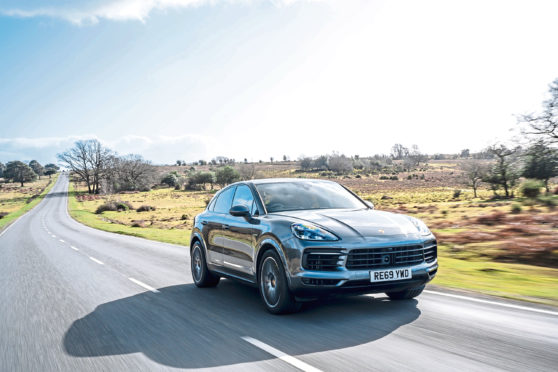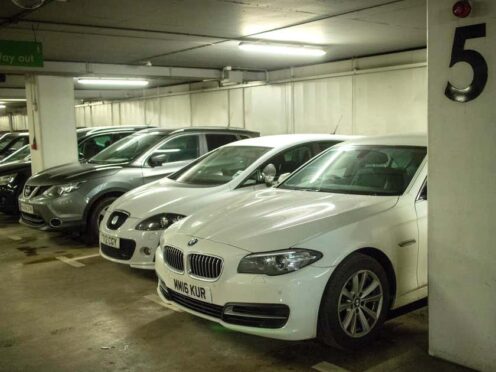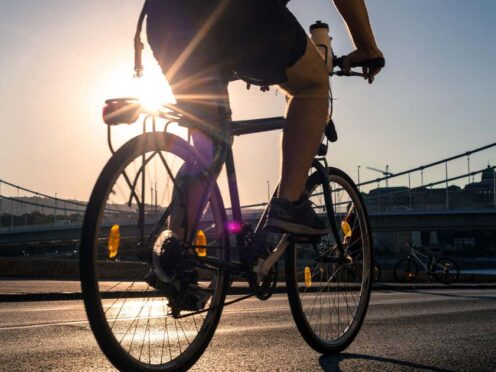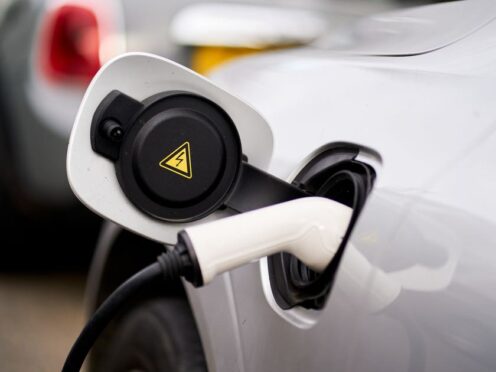You might think of Porsche for its 911 and Boxster models, but the firm’s now just as much an SUV maker as a sports car maker.
Both the Cayenne and smaller Macan are now Porsche’s two most popular vehicles, providing a slice of that sports car heritage in a much more practical layout.
Perhaps not surprising then that plug-in hybrid versions of models like the Cayenne have proven popular, which give the flexibility to pootle around town under electric power, and then utilise the petrol engine elsewhere. And now there’s a new plug-in hybrid version of the ultra-sleek new Cayenne Coupe.
The Cayenne will have soon been around for nearly 20 years, and for the majority of that time it’s been available in just one body style – but the increasing popularity of swoopier SUVs, including the BMW X6 and Mercedes GLE Coupe, has seen Porsche introduce a new “coupe” derivative to its large SUV.
Now, buyers can choose a new plug-in hybrid option, known as the E-Hybrid. It’s not a new powertrain – it’s already available in the regular Cayenne – but it adds a new dimension to this coupe-styled SUV.
With the E-Hybrid, Porsche mates its regular 3.0-litre V6 from the base Cayenne with an electric motor and a 14.1kWh battery to produce a maximum of 456bhp and 700Nm of torque. It certainly sounds plenty, and while it’s far from slow, it never feels quite as quick as the figures suggest.
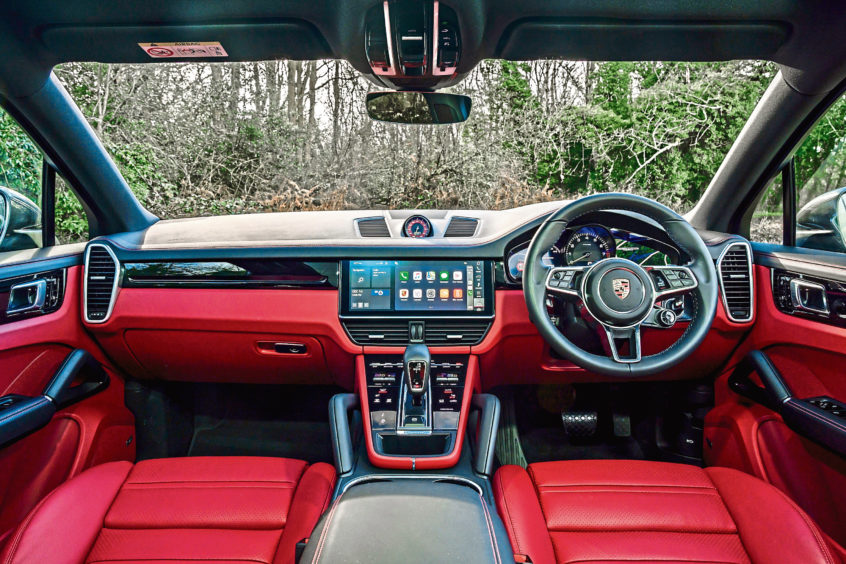
It can hit 0-60mph in 4.9 seconds and would reach a top speed of 157mph given space. All-wheel-drive and an eight-speed automatic gearbox are utilised too.
As for efficiency, Porsche claims you’ll return 60-70mpg, with CO2 emissions of 91g/km. However, you’ll need to be charging all the time and doing small journeys to get figures like that, as the petrol engine is particularly thirsty once it kicks into life. A 15 to 20-mile electric range can be expected from a full charge.
While few large SUVs feel as good behind the wheel as the Cayenne Coupe, the additional weight of the battery pack means that it’s not quite as sharp to drive as other derivatives in the line-up.
That said, it’s the best of any plug-in hybrid SUV, as the steering is direct and it handles better than any car of this size should have the right to.
Bizarrely for a Porsche, though, this is a model that actually lends itself better to more leisurely driving, and has an exceptionally comfortable ride, even on large 21-inch alloys.
However, to make the most of the E-Hybrid, you’re best using it around town, where it’s smoother and far more efficient. Longer journeys or those when the batteries aren’t topped up just unearth how inefficient the petrol engine is on its own.
Show-stopping is the best way to describe the Cayenne’s cabin, which does away with the gimmicky twin screens some rivals have, instead using just one huge 12-inch touchscreen. It’s slick to use and looks superb.
The gearstick is also surrounded by buttons that utilise haptic feedback, with each lighting up whenever they’re in use. High-quality materials are utilised throughout, while subtle sporty features and logos remind you that you’re driving something special.
While the sloping roofline takes a chunk out of the boot space, the Cayenne Coupe’s cargo space is still vast, while there will be no complaints from adults sitting in the rear seats.
Despite “coupe” SUVs usually aiming to be more stylish than the car they’re based on, on many occasions they miss the mark. But that’s no such issue on this Porsche, which is undoubtedly one of the best-looking SUVs on offer today.
If you know about Porsches, you’ll know that they don’t come especially well-equipped as standard.
While you get electric sports seats, the large touchscreen and 20-inch alloy wheels here, you’ll be wanting to head to the options list.
But choose carefully as those extras don’t come cheap, with our test car having more than £20,000 options on top of the £71,424 base price.
The Cayenne Coupe is a stunning car to look at. For many, that and the badge will be all the reasons in the world to get one.
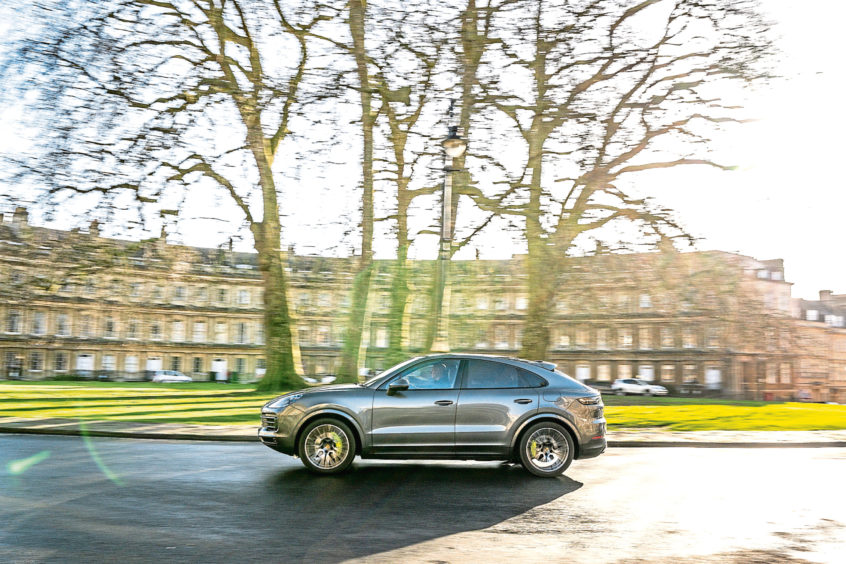
The E-Hybrid itself is a mixed bag, though. The increased weight of the batteries numbs the driving experience somewhat, and driven back to back with a regular Cayenne Coupe, you’ll soon feel the difference.
The engine is also too thirsty on its own accord, so unless you just drive small journeys and charge all the time, it’s likely to not be much cheaper to run than a regular model.
However, if you’re in the position where you can run one as a company car, you’ll soon be saving money on tax, while given it’s more or less the same price as the regular petrol “S” model, it should still prove to be an appealing choice for many.
THE FACTS
- Model: Porsche Cayenne Coupe E-Hybrid
- Price: £71,424
- 0-60mph: 4.9 seconds
- Top Speed: 157mph
- Economy: 60.1-70.6mpg
- CO2 Emissions: 91-108g/km
